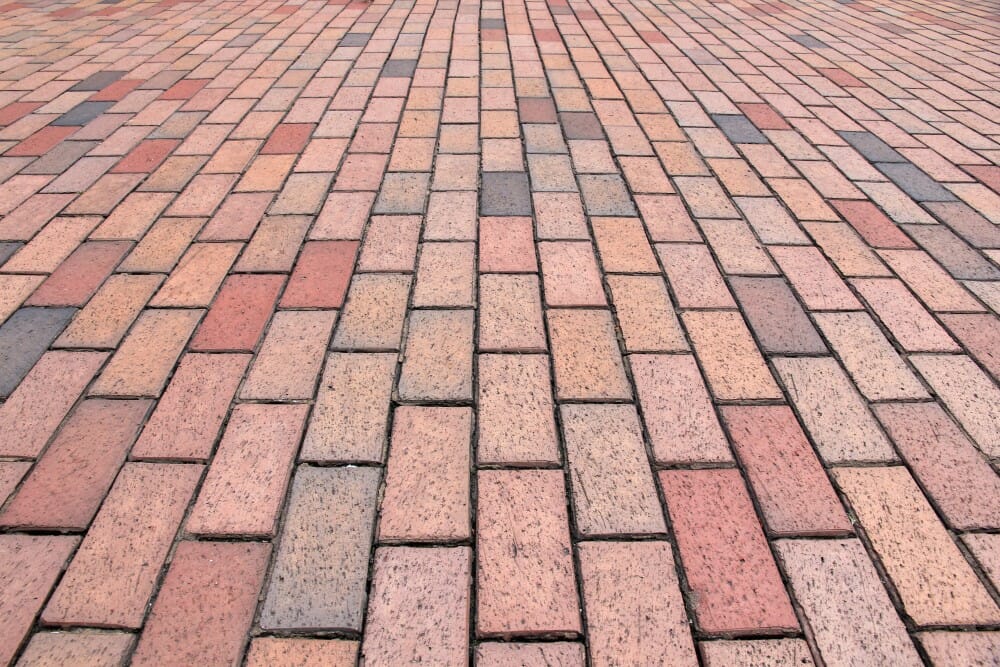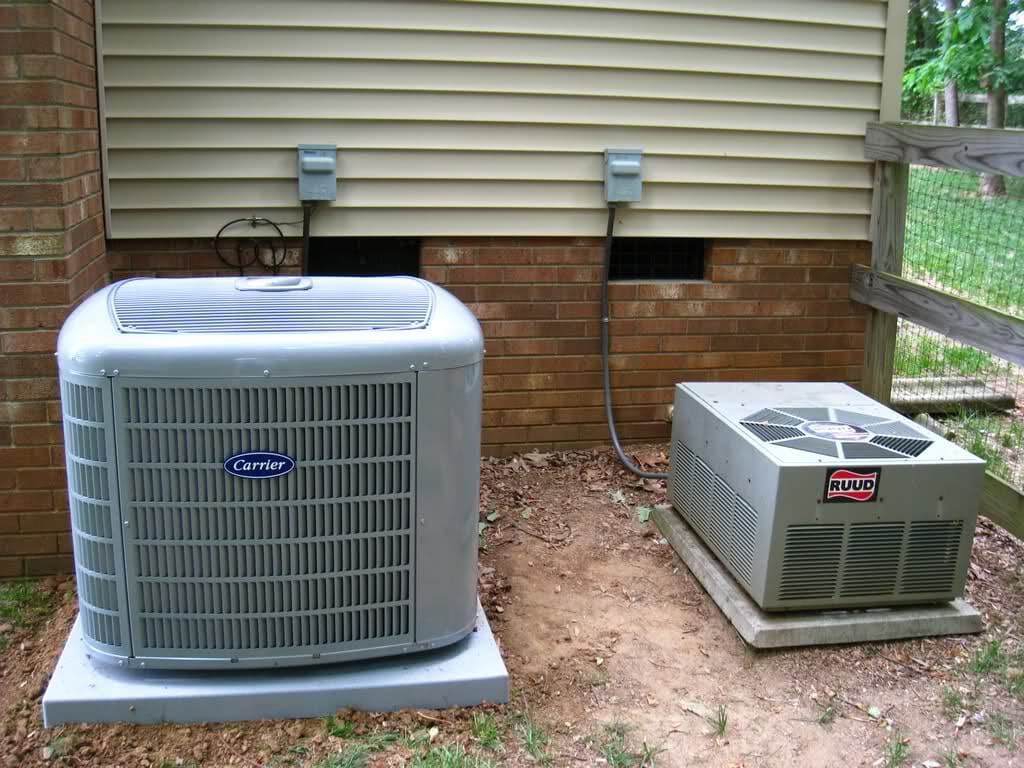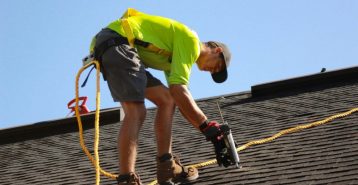Are you doing a home improvement project?
Modernize can pair you with three to four pros in your area, so you can compare options and save time and money.
A paver is a a type of exterior material that’s used to dress up outdoor spaces and create driveways, roads, patios, retaining walls, and even kitchen floors. By using a wide variety of material such as natural stone, brick, and concrete, you can create a durable running bond pattern surface for outdoor flooring that will outlast heavy foot traffic — and in some cases, vehicle traffic.
Because pavers offers many advantages over other pavement options, they have become one of the most popular methods for creating outdoor flooring. A primary reason is cost — they’re cheaper than other outdoor flooring options, and yet they have a comparable durability and aesthetic. Pavers are also highly customizable, with countless stone, color, and pattern combinations to choose from. And best of all for busy homeowners, they’re also known for being durable and low maintenance.
What Materials Are Used to Create Pavers?
Pavers are available in three different categories of materials — natural stone, brick, or concrete. Limestone or flagstaff are some of the mostly commonly used natural stones, but they are also one of the most expensive. Brick is a popular choice because it’s also incredibly durable and resistant to staining — and it’s the mid-priced of the three paver material options. The least expensive option is concrete, which is shaped using molds and can can be stained to mimic the look of natural stones or bricks.
Choosing a Pattern for Laying Pavers: Running Bond Patterns
Once you’ve chosen a type of material, you’ll need to choose a pattern. And while your desired look is an important consideration, this decision isn’t solely about aesthetics. The pattern you choose also plays a role in the durability and the strength of the surface being created, so it is important to take into account how your surface will function in your outdoor space. Will there be heavy foot traffic? Will vehicles be driving on top of the pavers? These are questions you will want to answer before choosing a pattern for laying pavers.
The most common of paver patterns is the running bond pattern. This particular pattern is simple and works best when used with uniform stones like bricks, cobblestones, or concrete molded into a uniform shape. Although the running bond pattern creates a strong surface, it’s not strong enough to hold up to the weight of vehicle traffic — which makes it best for surfaces like patios, walkways, or porches.
There are three main variations on the running bond pattern. These variations include the stack bond pattern, the ⅓ running bond pattern, and the half bond running pattern.
Stack Bond Pattern: This running bond pattern is the simplest of all paving pattern options. When a stack bond pattern is used, the bricks are stacked directly on top of each other as well as side by side. This creates uniform lines running vertically and horizontally on the pavement. The uniformity and simplicity of this pattern eliminates the needs for cutting the stone, creating a super simple installation process. The stack bond pattern is also the strongest option for standing up to regular foot traffic.
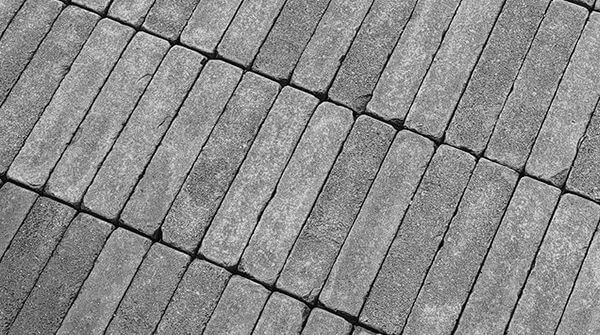
Find the Right Contractor for Your Project
Whether you’re ready to begin your project now or need some expert advice, our network of contractors are here to help. With a few simple questions, we’ll find the best local professionals for you
If homeowners are unhappy with the simple look of the stack bond pattern, they may choose to shift the entire surface 45 degrees to create a more complex and visually interesting look for their outdoor space.
⅓ Running Bond Pattern: This paver pattern is very similar to a basic stack bond pattern. Bricks are set side by side, but instead of setting bricks directly above each other, they are offset just slightly. This results in each stone overlapping by ⅓ of its length. This pattern is popular because it creates a more varied look that is visually interesting, but it still has the strength and simplicity of a running bond pattern. This pattern requires a limited amount of cutting, making it a viable option for do-it-yourself projects.
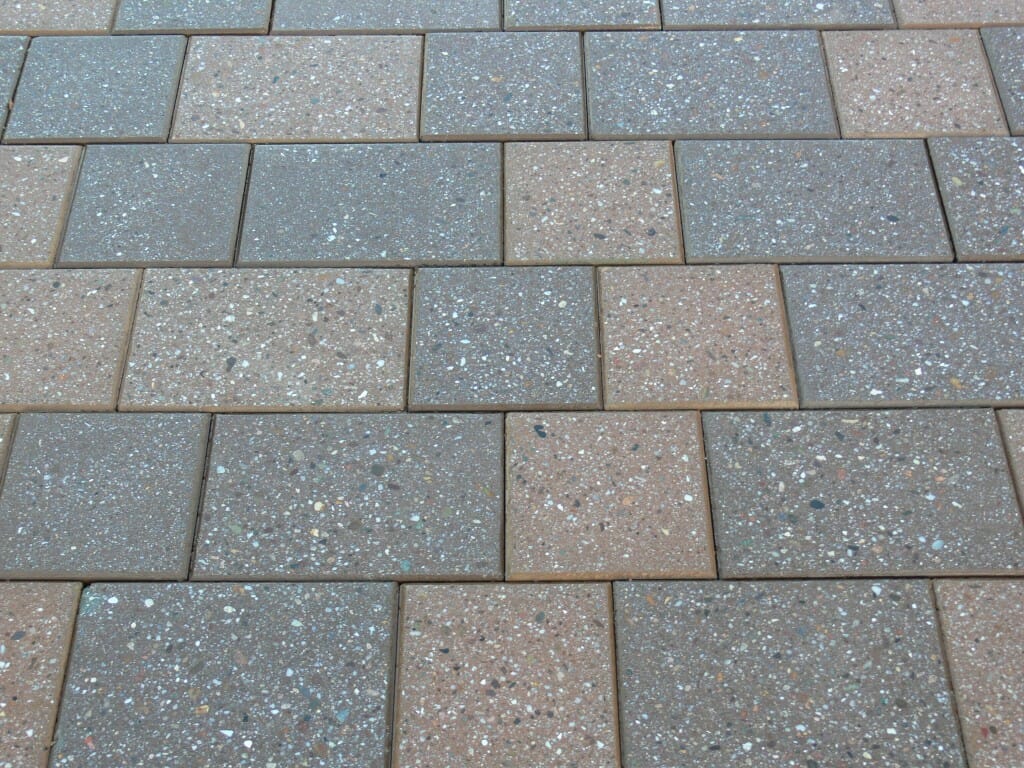
Half Running Bond Pattern: In general, when people think of a running bond pattern they envision the half running bond pattern. This paver pattern is one of the most commonly used and attractive because it is considered to be a timeless design — one that will outlast changing home design trends. In the half running bond pattern, stones are offset so that they overlap by half the width of the brick. This design for laying pavers is also used in masonry because it creates a strong structure for creating walls. This pattern is also incredibly simple, requiring minimal cutting, but can be tilted by 45 degrees to create the illusion of a more complex design pattern.
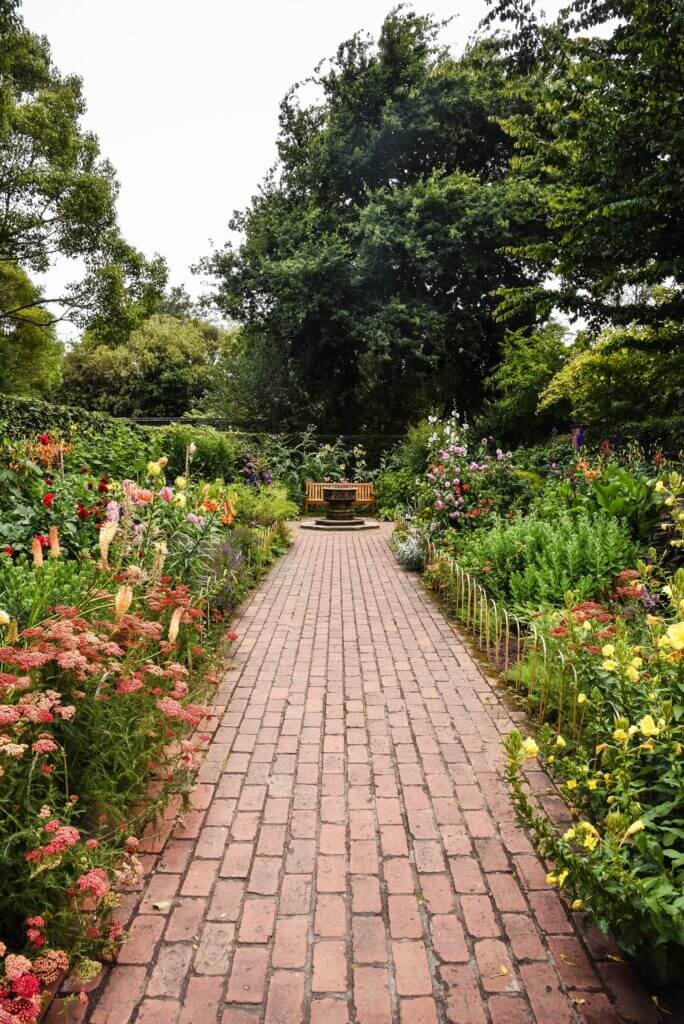
Any of these three running bond patterns are among the most simple to lay and are realistic for a do-it-yourself project. If you are not a fan of landscaping, it is also fairly simple to a hardscaping expert in your area to lay pavers in your chosen pattern. Modernize can connect you with up to four local contractors for your project — reach out to us today!
Find the Right Contractor for Your Project
Whether you’re ready to begin your project now or need some expert advice, our network of contractors are here to help. With a few simple questions, we’ll find the best local professionals for you
Reviews from Real Homeowners
Welcome to Homeowner Resources! We are the Modernize blog. Modernize pairs more than 3 million homeowners a year with pre-vetted contractors in their area. This blog started because we believe homeowners should know everything about their homes, from how their HVAC works to which front door colors they might love. On Homeowner Resources, you can find information on every part of your home, right down to how you can negotiate with contractors to get the best price. Here's more about the blog.
Need a contractor? Learn more about how Modernize finds the right pro for you.
